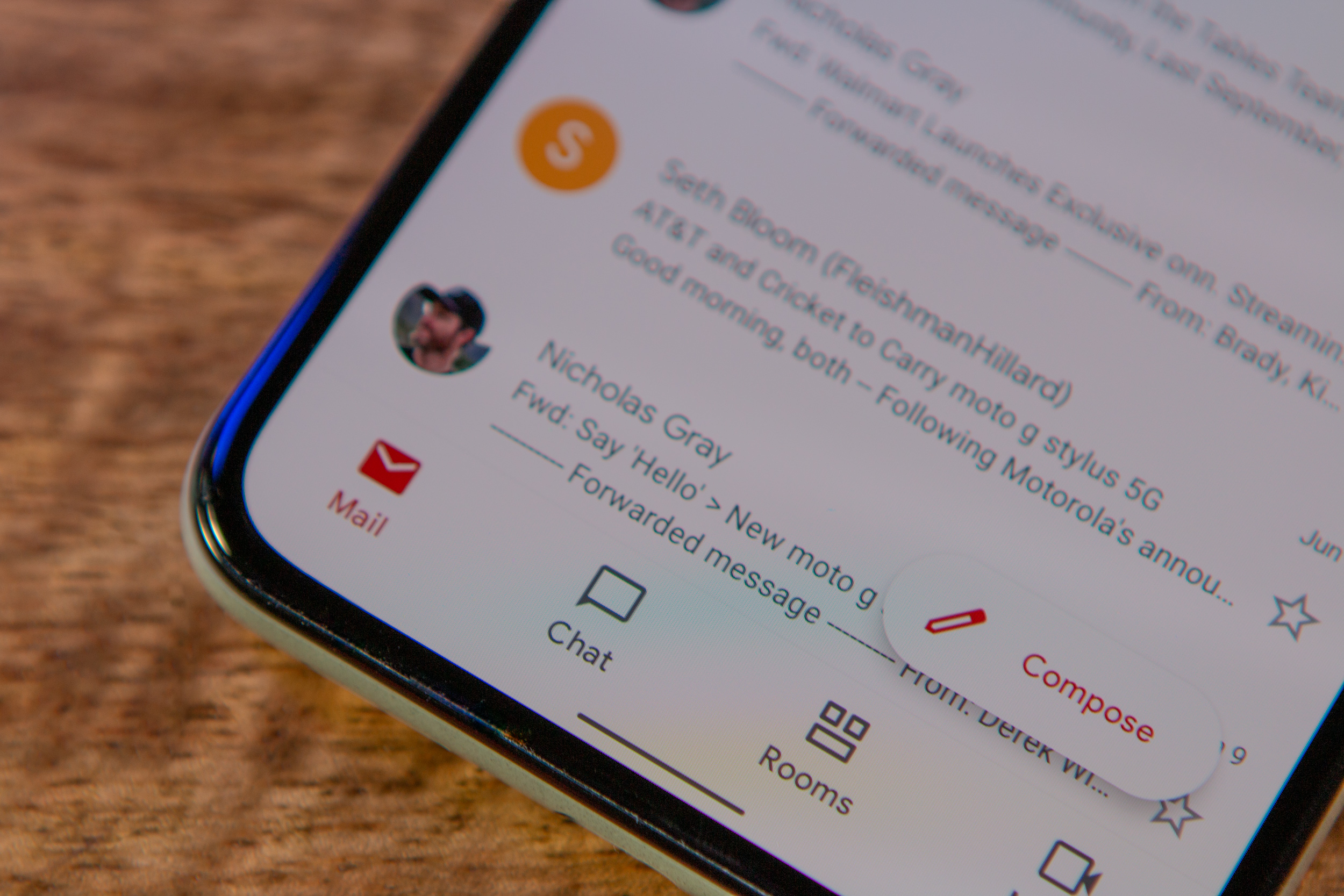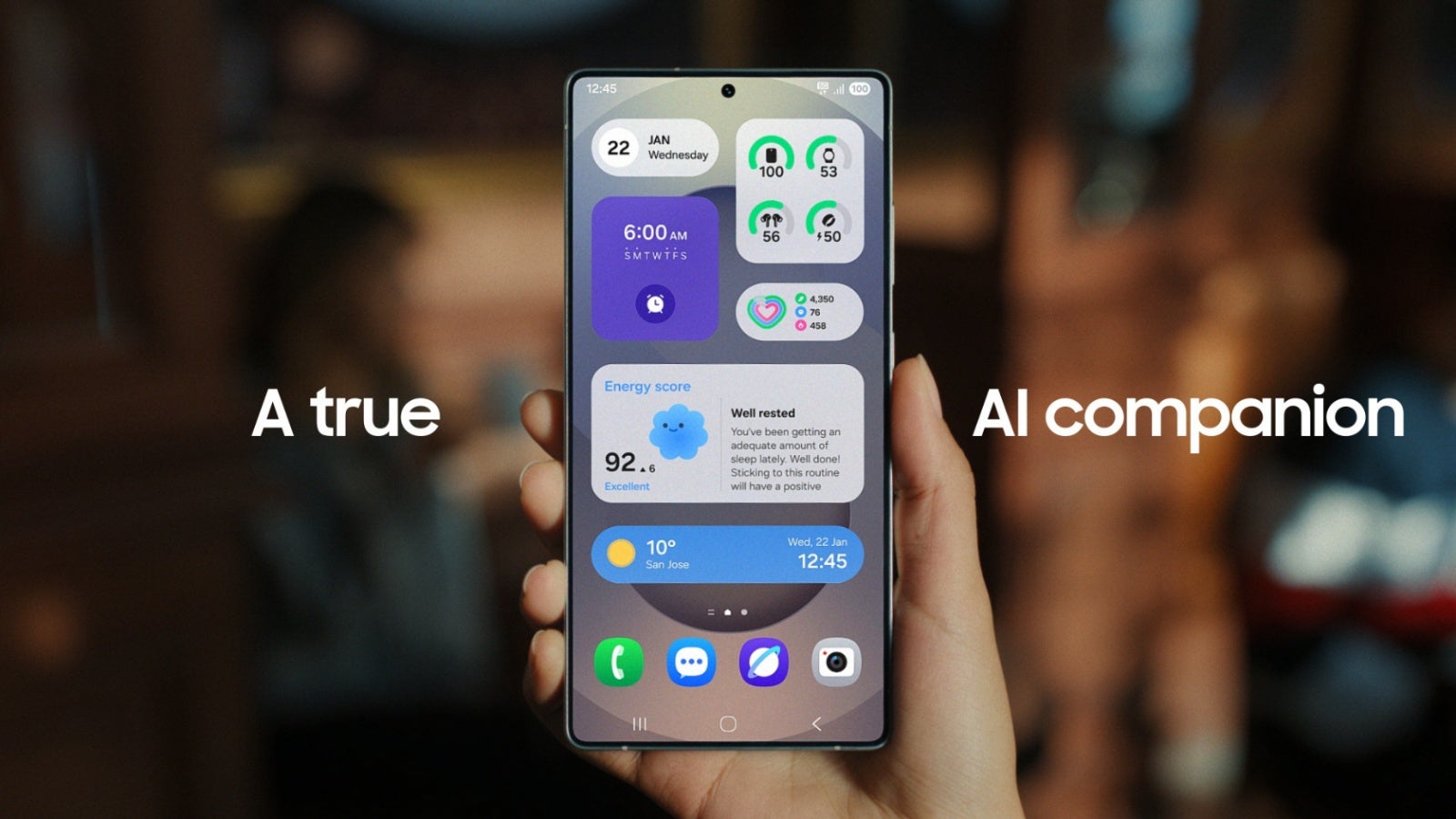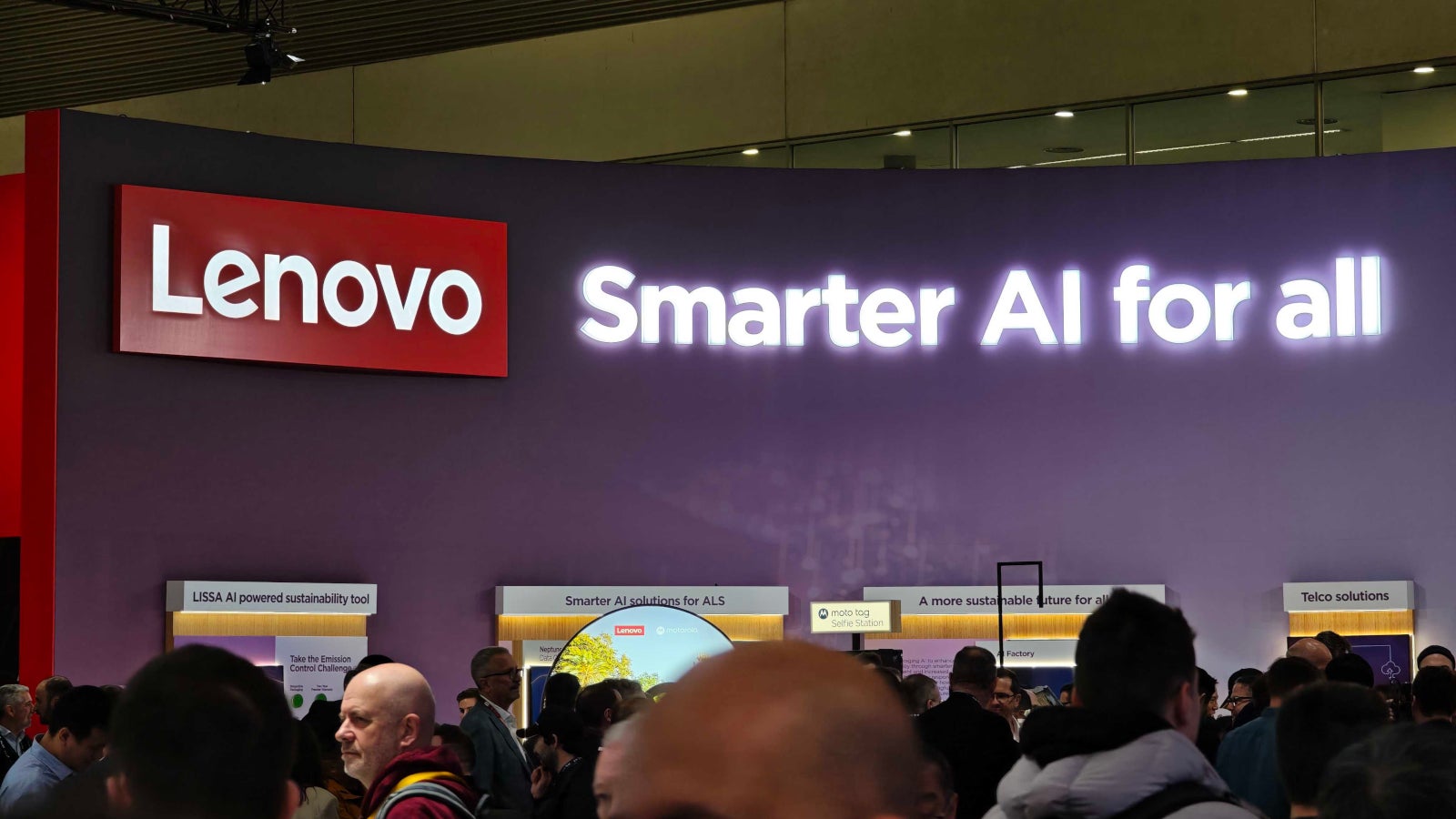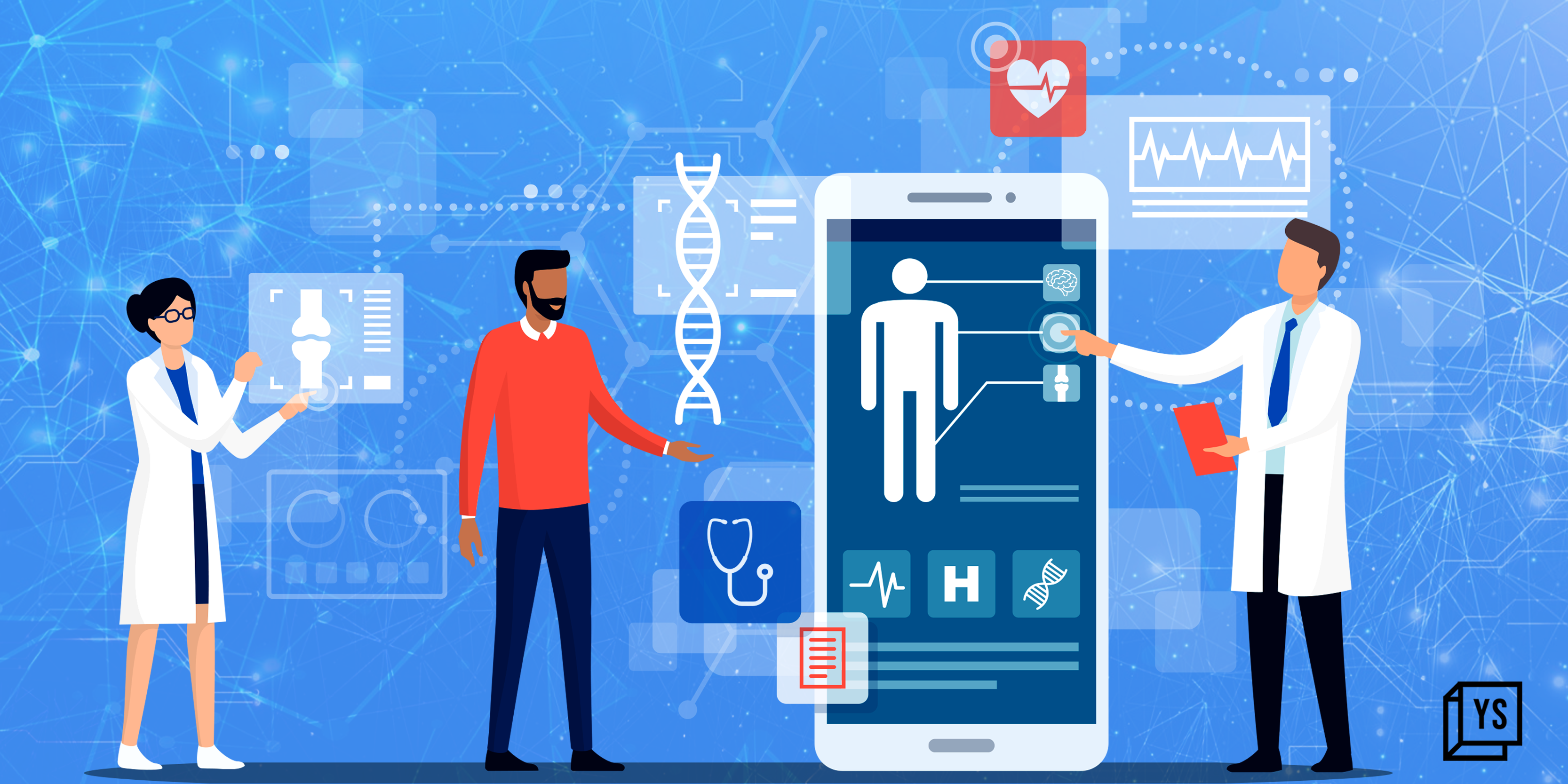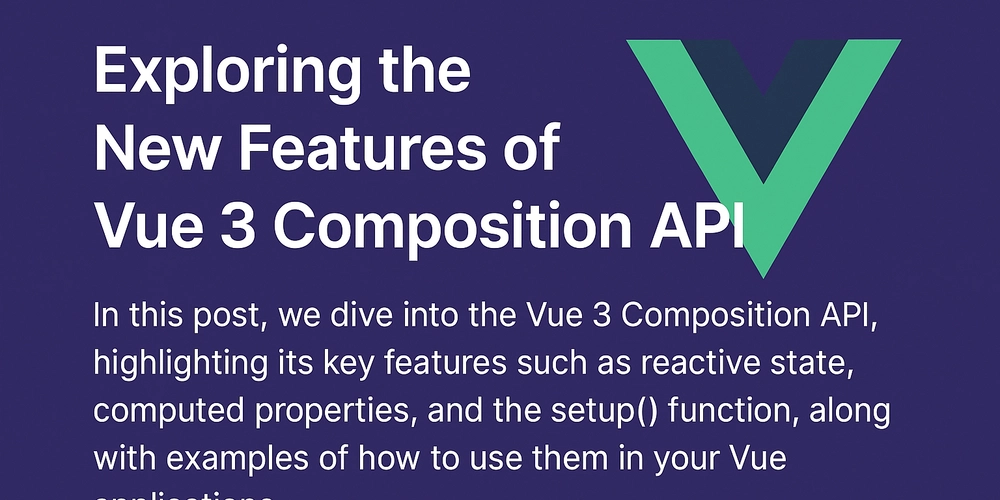Natural Language Processing (NLP) Programming
Natural Language Processing (NLP) is a fascinating field of artificial intelligence that focuses on the interaction between computers and human language. As a branch of AI, NLP enables machines to understand, interpret, and generate human language in a valuable way. In this post, we will explore the fundamentals of NLP programming and how you can get started in this exciting area. What is Natural Language Processing? NLP involves the application of computational techniques to analyze and synthesize natural language and speech. Its main goal is to enable computers to understand and respond to human languages in a way that is both meaningful and useful. Key Tasks in NLP Text Processing: Cleaning and preparing text data for analysis. Tokenization: Splitting text into individual words or phrases. Part-of-Speech Tagging: Identifying the grammatical roles of words in sentences. Named Entity Recognition: Identifying and classifying named entities in text. Sentiment Analysis: Determining the sentiment expressed in text (positive, negative, neutral). Text Generation: Automatically generating text based on input data. Popular Libraries and Tools for NLP Programming NLTK (Natural Language Toolkit): A powerful Python library for working with human language data. spaCy: An efficient and user-friendly library for advanced NLP tasks. Transformers: A library by Hugging Face for state-of-the-art pre-trained models. Gensim: Used for topic modeling and document similarity analysis. TextBlob: A simple library for processing textual data and performing basic NLP tasks. Example: Basic Text Processing with NLTK import nltk from nltk.tokenize import word_tokenize from nltk import pos_tag Sample text text = "Natural Language Processing is fascinating." Tokenization tokens = word_tokenize(text) Part-of-Speech Tagging tagged = pos_tag(tokens) print("Tokens:", tokens) print("Tagged:", tagged) Common Applications of NLP Chatbots and Virtual Assistants: Enable conversational interfaces. Search Engines: Improve search accuracy and relevance. Text Analytics: Extract insights from large volumes of text data. Language Translation: Translate text between different languages. Content Recommendation: Suggest articles or products based on user behavior. Challenges in NLP Programming Understanding context and semantics can be difficult for machines. Handling ambiguity and nuances in human language. Dealing with variations in language, dialects, and slang. Processing large volumes of data efficiently. Best Practices for NLP Development Start with clean, well-prepared datasets. Experiment with different models and libraries to find the best fit. Keep up-to-date with advancements in NLP, such as transformer models. Consider the ethical implications of your NLP applications, especially regarding bias in data. Conclusion NLP programming is a rapidly evolving field that combines linguistics, computer science, and artificial intelligence. By mastering the fundamental concepts and tools, you can develop applications that significantly improve human-computer interaction. Start exploring NLP today and unlock the potential of language processing in technology!

Natural Language Processing (NLP) is a fascinating field of artificial intelligence that focuses on the interaction between computers and human language. As a branch of AI, NLP enables machines to understand, interpret, and generate human language in a valuable way. In this post, we will explore the fundamentals of NLP programming and how you can get started in this exciting area.
What is Natural Language Processing?
NLP involves the application of computational techniques to analyze and synthesize natural language and speech. Its main goal is to enable computers to understand and respond to human languages in a way that is both meaningful and useful.
Key Tasks in NLP
- Text Processing: Cleaning and preparing text data for analysis.
- Tokenization: Splitting text into individual words or phrases.
- Part-of-Speech Tagging: Identifying the grammatical roles of words in sentences.
- Named Entity Recognition: Identifying and classifying named entities in text.
- Sentiment Analysis: Determining the sentiment expressed in text (positive, negative, neutral).
- Text Generation: Automatically generating text based on input data.
Popular Libraries and Tools for NLP Programming
- NLTK (Natural Language Toolkit): A powerful Python library for working with human language data.
- spaCy: An efficient and user-friendly library for advanced NLP tasks.
- Transformers: A library by Hugging Face for state-of-the-art pre-trained models.
- Gensim: Used for topic modeling and document similarity analysis.
- TextBlob: A simple library for processing textual data and performing basic NLP tasks.
Example: Basic Text Processing with NLTK
import nltk
from nltk.tokenize import word_tokenize
from nltk import pos_tag
Sample text
text = "Natural Language Processing is fascinating."
Tokenization
tokens = word_tokenize(text)
Part-of-Speech Tagging
tagged = pos_tag(tokens)
print("Tokens:", tokens)
print("Tagged:", tagged)
Common Applications of NLP
- Chatbots and Virtual Assistants: Enable conversational interfaces.
- Search Engines: Improve search accuracy and relevance.
- Text Analytics: Extract insights from large volumes of text data.
- Language Translation: Translate text between different languages.
- Content Recommendation: Suggest articles or products based on user behavior.
Challenges in NLP Programming
- Understanding context and semantics can be difficult for machines.
- Handling ambiguity and nuances in human language.
- Dealing with variations in language, dialects, and slang.
- Processing large volumes of data efficiently.
Best Practices for NLP Development
- Start with clean, well-prepared datasets.
- Experiment with different models and libraries to find the best fit.
- Keep up-to-date with advancements in NLP, such as transformer models.
- Consider the ethical implications of your NLP applications, especially regarding bias in data.
Conclusion
NLP programming is a rapidly evolving field that combines linguistics, computer science, and artificial intelligence. By mastering the fundamental concepts and tools, you can develop applications that significantly improve human-computer interaction. Start exploring NLP today and unlock the potential of language processing in technology!









































































































































































![[The AI Show Episode 144]: ChatGPT’s New Memory, Shopify CEO’s Leaked “AI First” Memo, Google Cloud Next Releases, o3 and o4-mini Coming Soon & Llama 4’s Rocky Launch](https://www.marketingaiinstitute.com/hubfs/ep%20144%20cover.png)


















































































































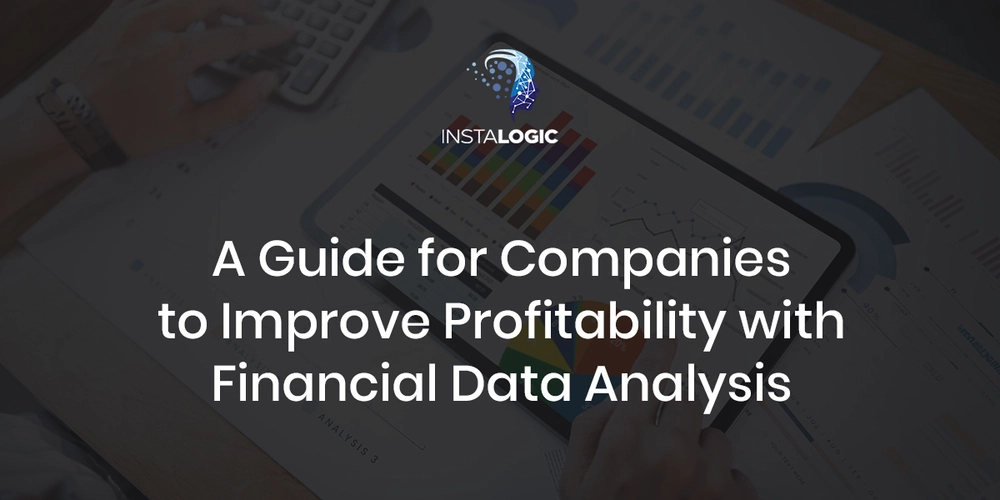






















































































![Rogue Company Elite tier list of best characters [April 2025]](https://media.pocketgamer.com/artwork/na-33136-1657102075/rogue-company-ios-android-tier-cover.jpg?#)








































































.webp?#)
























































































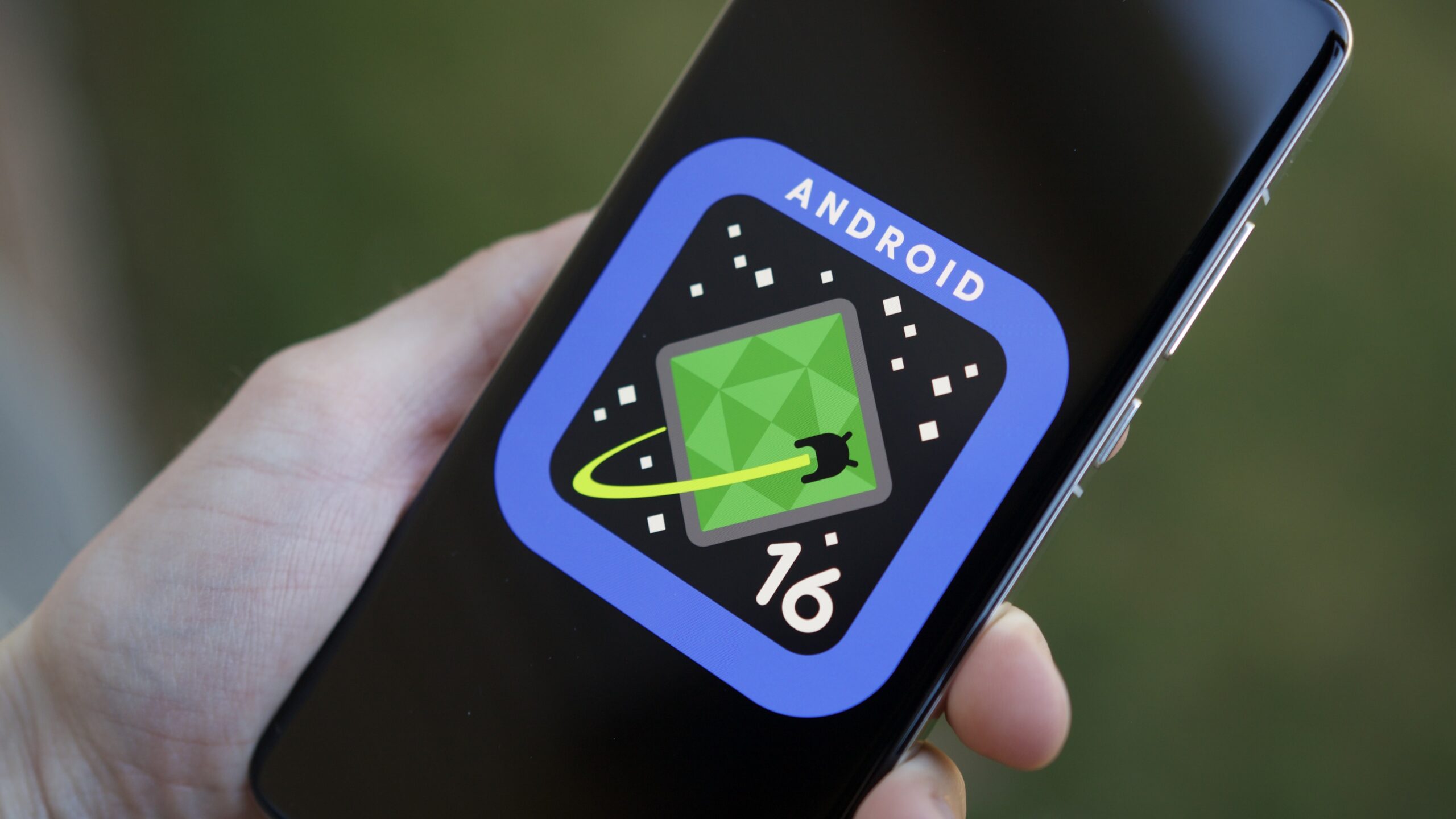






![Here’s the first live demo of Android XR on Google’s prototype smart glasses [Video]](https://i0.wp.com/9to5google.com/wp-content/uploads/sites/4/2025/04/google-android-xr-ted-glasses-demo-3.png?resize=1200%2C628&quality=82&strip=all&ssl=1)














![New Beats USB-C Charging Cables Now Available on Amazon [Video]](https://www.iclarified.com/images/news/97060/97060/97060-640.jpg)

![Apple M4 13-inch iPad Pro On Sale for $200 Off [Deal]](https://www.iclarified.com/images/news/97056/97056/97056-640.jpg)














